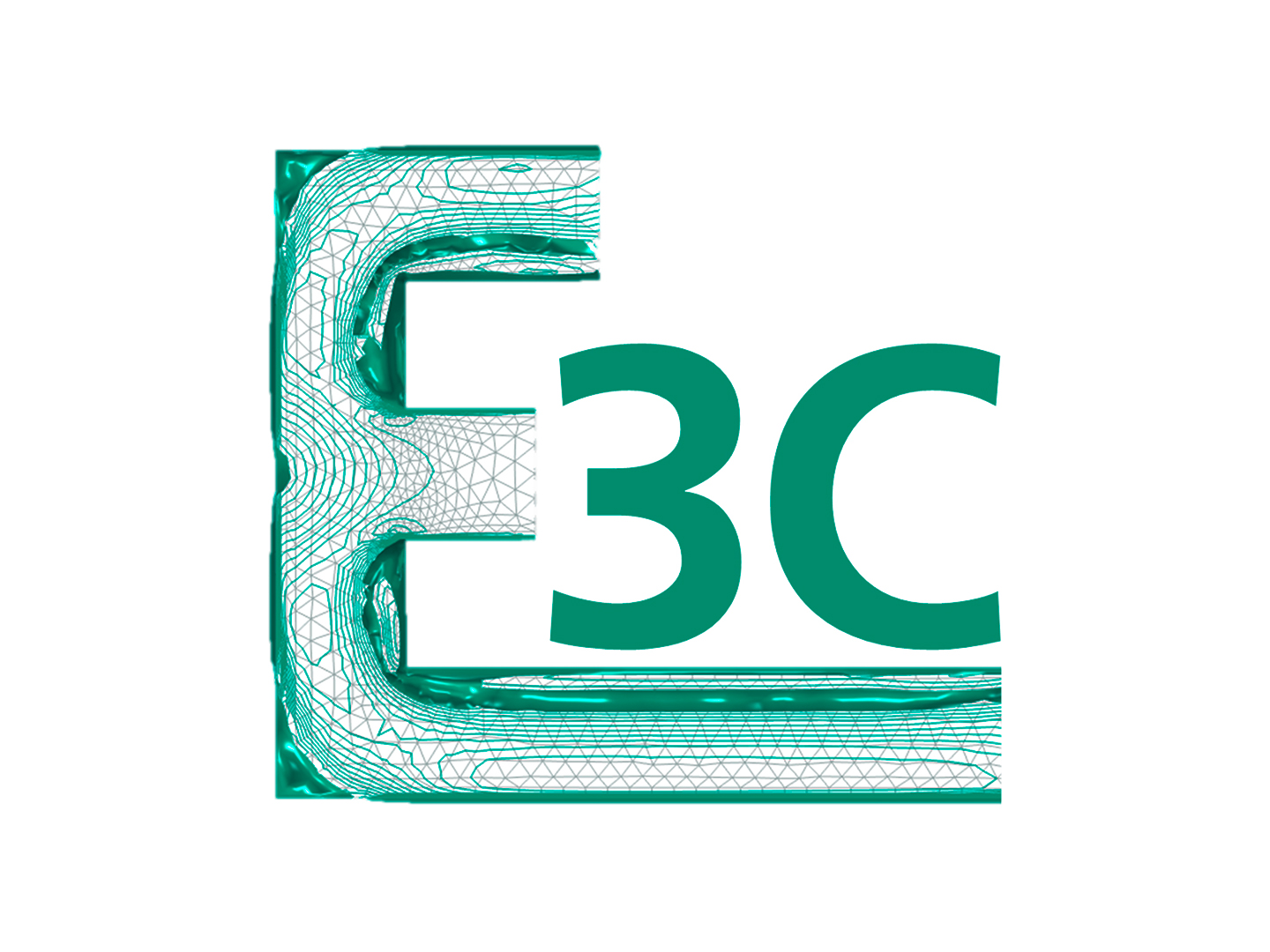"E3C is to be a platform for the exchange of innovations in the field of electrochemical cells"
Interview of 28 April 2020


The virtual "E3C – Electrochemical Cell Concepts Colloquium" will take place on 14 May. Organizer Jan Girschik has answered some questions about electrochemical reactors, their applications and commonalities.
Which electrochemical reactors are there and where are they used?
Jan Girschik: The areas of application for electrochemical reactors are broadly diversified. In our context, however, they can be divided into the three main groups: energy storage, basic material production and filtration. The group of energy storage also includes the most common reactors, namely batteries and rechargeable accumulators. Reactors for energy storage can be further divided into internal and external energy storage systems with regard to the location of the storage medium or the material dependence of power and capacity. Internal energy storage devices include, for example, commercially available lead-acid or lithium-ion batteries, but also super capacitors, since the storage capacity of these is also determined by the type and size of the electrodes and there is a fixed ratio of power and capacity. In the case of external energy storage devices, the actual power unit for energy conversion is locally separated from the storage medium, so that power and capacity can be scaled independently. The best-known representatives of external storage devices are the various types of redox flow batteries, whose porous electrodes in the power unit have an exclusively catalytic effect. For charging and discharging, the liquid anolyte and catholyte from external tanks are pumped through these electrodes and the electric charges can flow. However, external energy storage devices also include combinations like electrolysis and fuel cells. The charging process, in which reactions are forced by a current flow, takes place exclusively in the electrolysis cell, the discharging process in the galvanic fuel cell.
And this brings us directly to the second main group, the production of basic materials, because in the context of energy storage, the electrolyser does nothing else but produce fuel for the fuel cell - best known hydrogen. Electrolysis cells can be used to produce or extract many other substances, including various metals and halogens. Another representative for the production of basic materials are electrosynthesis cells, which are used to produce nitriles for the production of plastics or rubber, for example.
The main group of filtration includes reactors such as electrodialysis cells and also CDI cells for capacitive deionization, which can be used, for example, for water treatment or also for adjusting the concentration of acids and alkalis. However, as mentioned at the beginning, the fields of application of electrochemical reactors are very diverse. For example, electrolysis cells are also used in electroplating and refining.
What should be achieved within the E3C?
Jan Girschik: The virtual "E3C – Electrochemical Cell Concepts Colloquium" on 14 May is intended to provide a platform for the interdisciplinary exchange of innovations and scientific findings in the field of electrochemical cells in order to highlight symbioses and developments with potential multiple uses for the different types of reactors. In other words, the technologies shall mutually benefit from each other's developments and innovations in order to advance the overall state of research. After all, electrochemical reactors in particular - whether for energy storage, basic material production or water treatment - can make decisive contributions to an economically successful, socially just and climate-friendly society.
What are the common features of electrochemical cells and to what extent are characteristics transferable to other types of reactors?
Jan Girschik: The similarities between the various electrochemical reactors can be found in the general cell structure. By definition, an electrochemical cell consists of at least two electrodes, i.e. the anode and cathode, and an electrolyte that enables the exchange of charges between these electrodes. Since internal energy storages are externally closed systems, potential transferability is limited on the functional components, such as membrane and electrode types, as well as on the manufacturing processes and the stack structure, which can be bipolar, for example. In the case of external energy storage systems and all other reactors in which a material flow takes place through the cells, the type of external and cell-internal fluid conduction can also be transferred, e.g. via flow fields in the bipolar plates or porous electrodes. Proven designs can often be used almost one-to-one.
What is to be done after the colloquium?
Jan Girschik: We want to establish the colloquium as a regular event. From next year on, we will also be back at our venue in Oberhausen, as personal exchange at a web conference unfortunately always falls somewhat by the wayside, but its relevance should not be underestimated. For the next E3C there will also be a call for papers, which will start in September 2020.
What contribution can Fraunhofer UMSICHT make to this complex of topics or where are the current research foci?
Jan Girschik: Since electrochemistry in particular is a very strong field of research at Fraunhofer UMSICHT and research on electrochemical reactors is carried out across departments, we can contribute our expertise very broadly and underpin it with the corresponding innovation potential. For example, since 2007 we have been working on the further development and optimization of redox flow batteries, have several patents and patent applications in this field and are currently concentrating on the development of particularly low-pressure loss and large-scale cell designs. Further focal points currently concern the development of seal-free stack concepts as well as resource and cost efficient electrodes and bipolar plates for electrolyzers and fuel cells. Research is also being conducted on bipolar alkaline non-flow batteries and in the field of electrocatalysis. Thanks to our interdisciplinary orientation, we are therefore ideally equipped for applied research into new challenges in electrochemistry.
 Fraunhofer Institute for Environmental, Safety and Energy Technology UMSICHT
Fraunhofer Institute for Environmental, Safety and Energy Technology UMSICHT